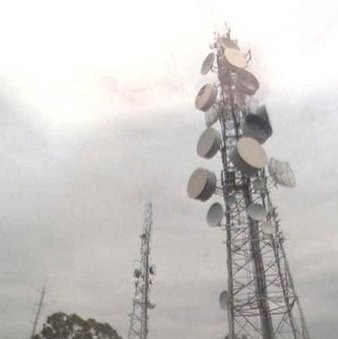I have been a certified CPR/AED Trainer for 8 years. I started my own training company in 2009 with my husband. My professional life revolves around training everyone from Doctors and Nurses to Moms and Dads how to perform CPR and react in an emergency. For the last 3 years, we have trained over 1,200 students annually. Ask me anything and everything about CPR, Saving Lives and training manikins.
Hi Singh, JS,
When new guidelines are issued, printing companies will re-design posters and materials. It is the responsibility of the companies who have the posters displyed to order new ones to replace the old ones.
Hi DNT,
There is no standard protocol for dealing with a morbidly obese person, though EMS agencies and hospitals may make thier own decisions.
CPR must be performed hard and fast, so, depending on where the layers of fat are, it can mean that the rescuer has to push harder than you would on a person with less fat.
That being said, if I had to chose the 300lb couch potato vs. the 300 lb bodybuilder, I would take the couch potato. Muscle is harder to move than fat.
HI Greg S.,
There is no generally accepted rule of thumb. One organization we train for (similarly staffed), goes by 10% of each occupied building. Some organizations train emergency response teams in fire safety/evacuation and include CPR training with that. Other organizations host classes and encourage everyone to sign up.
Keep in mind that if the population of your organization is very fluid (high-turnover, cubicle-sharing. telework), this number may need to go up.
Make sure you have a plan in place to monitor your AEDs-monthly/quarterly/yearly checks as recommended by either statute or manufacturer. An AED whose battery is dead, or whose pads are expired will do no one any good.
I would also suggest establishing a company-wide awareness plan.
Keep in mind, this is very general. I would suggest contacting a training organization that has AED technicians (factory-trained!!) on staff, and ask them to consult with you to develop a more tailored and effective solution.
Yes, all victims, regardless of environment, body type, sex must have CPR done on bare skin. You must remove the clothing (outer, inner, bra etc...) in order to find correct hand placement and minimize the risk of puncture (think underwire in a bra). Also, once an AED is in play, the chest must be bare for safety reasons.
Fashion Forecaster
 Are people in the fashion world as rotten as those in Devil Wears Prada?
Are people in the fashion world as rotten as those in Devil Wears Prada?
Birthday Party Clown
 OK seriously, how DOES the clown car thing work?
OK seriously, how DOES the clown car thing work?
Radio program/music director
 Do radio stations have to pay royalties to artists to play their songs?
Do radio stations have to pay royalties to artists to play their songs?
This would always go back to hospital protocol. Keep in mind that a doctor is trained to recognize clinical and biological death. A family member is not. A doctor is trained to look at the patient as a human body with functions that need to be maintained. A family member looks at the patient as a person with feelings, emotions and life. It is not a "happy" way to look at things, but it is the truth.
There is current technology that is purported to assist with CPR. When compressions are being done in odd spaces (stairways, remote areas during evacuation etc...) then artificial means are good. But, automation can never fully replace the human touch. A human will always need to have the sense of the situation which a machine will never have.
As of the new guidelines (released on 10/15/2015, no studies have shown a positive, direct correlation between artificial compressions and improved survival rates when compared to manual compressions).
(Sorry this took so long - this didn't go to my inbox).
-OR-
 Login with Facebook
Login with Facebook (max 20 characters - letters, numbers, and underscores only. Note that your username is private, and you have the option to choose an alias when asking questions or hosting a Q&A.)
(A valid e-mail address is required. Your e-mail will not be shared with anyone.)
(min 5 characters)
By checking this box, you acknowledge that you have read and agree to Jobstr.com’s Terms and Privacy Policy.
-OR-
 Register with Facebook
Register with Facebook(Don't worry: you'll be able to choose an alias when asking questions or hosting a Q&A.)